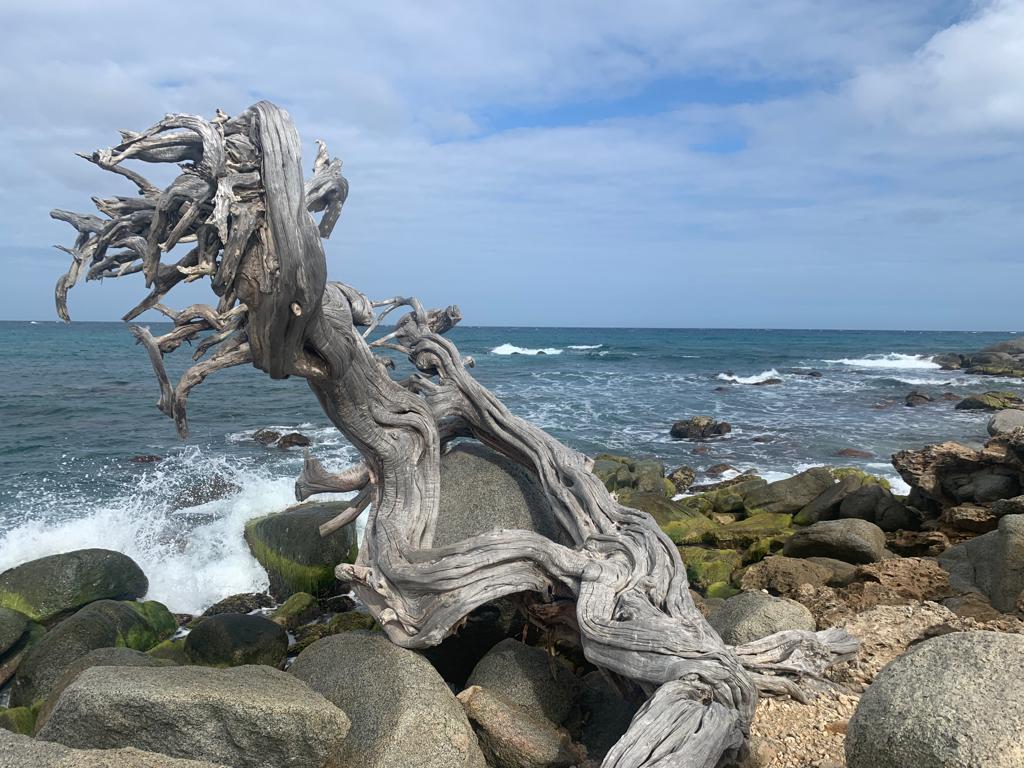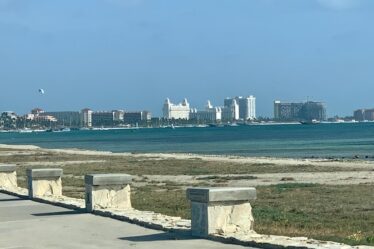
The Indians that lives in Aruba are the Caquetio tribe. These people were part of the Arawak linguistic and cultural group, which also included other indigenous populations in the region.
The Caquetio tribe had a complex social structure and lived in small villages along the coast and near bodies of water. They were skilled fishermen and relied on the sea for sustenance. Additionally, they practiced agriculture and grew crops such as maize, sweet potatoes, and cassava.
Artistic expressions
The Caquetio people had a rich cultural heritage and developed various artistic expressions. They created pottery, baskets, and crafted items from shells and coral. Their artwork often depicted animals and nature, reflecting their close connection with the environment.
In different caves in Aruba you will find rock art with depicts various images, such as human figures, animals, geometric patterns, and symbols. It is plausible that some of the cave drawings in Aruba (Arikok) were created by the Caquetio people or individuals from related indigenous communities. However, due to the lack of written records and the passage of time, it is challenging to attribute specific rock art sites directly to the Caquetio tribe or any other specific group.
The ending of the tribes
In the late 15th century, the arrival of European explorers, including the Spanish, significantly impacted the Caquetio tribe. The Spanish colonizers sought to claim territories and exploit resources, resulting in conflict and the eventual decline of the indigenous population. Many Caquetio people were enslaved or died from diseases brought by the Europeans.
Today, the Caquetio tribe’s direct descendants are not present on the island in large numbers. However, their legacy and cultural heritage are remembered and celebrated by the modern inhabitants of Aruba. The island recognizes the importance of its indigenous past and promotes initiatives to preserve and honor the Caquetio heritage.

